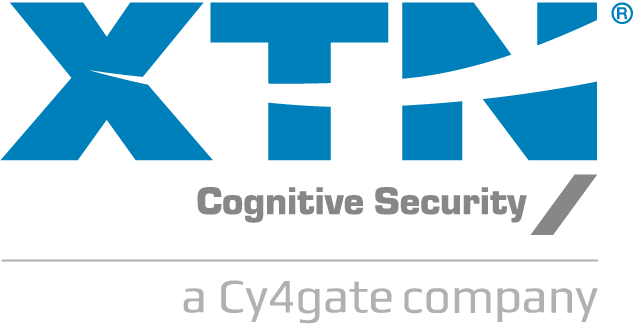Choosing the right fraud detection vendor is often a tricky process. Security and Risk Management leaders struggle to find the balance between organizational requirements and the optimization of the process.
As XTN Cognitive Security®, we are frequently witnessing more than a year of selections, from the RFI/RFP to the choice of the solution, causing the company to lose money and time. Sometimes tenders are settled up only to negotiate the purchase price, instead of comparing different approaches to contrasting the fraudulent phenomenon. Also happens Security and Risk Management Leaders are more interested in evaluating the technological feature than the ROI and TCO associated with adopting the solution.
How could the procedure be improved?
Gartner® highlights in a report how to get great results from RFPs. The Gartner guidelines focus on supporting fraud leaders in optimizing the RFP process to define a strategy to improve the analysis’s effectiveness and timing.
We agree with the Gartner® analyst that vendor selections are successful only if the vendor is aligned with the client’s business outcomes. The RFP should not be about the final selection but only about identify a shortlist of vendors.
AT the RFP stage, the focus should be on how the solution can improve current KPIs and how KPIs could improve corporate ROI and TCO. Too often, tenders focus on features analysis while they do not even consider maintenance and integrational costs.
XTN Cognitive Security® believes a new RFP approach is needed to make business goals more straightforward to achieve. Sharing KPIs and business outcomes is essential to transform a new solution adoption into a successful case.


